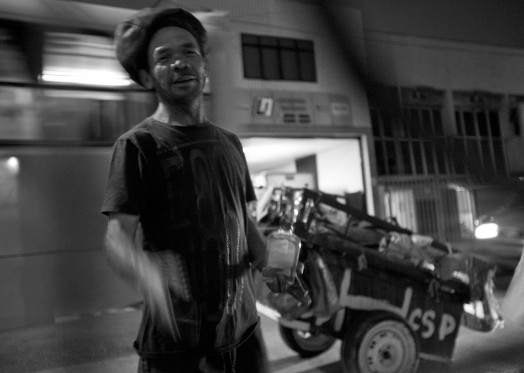Sex and drugs in Fortaleza

I came to Fortaleza, Brazil, to research on sex slavery and women’s trafficking. My friend Ruchira Gupta of Apne Aap should come over from Kolkata and see! Twelve to sixteen years old kids from the slums flock to the back street bars near Praia de Iracema every night and look for tourists, both Europeans (mainly Italians) and Brazilians, while dozens of sordid motels cater for low scale prostitutes and truck drivers in the rundown district of Barra de Cearà. Cheap sex at hand. According to the World Bank the middle class comprises now nearly a third of Brazil’s 190 million inhabitants and GDP growth, though lower than expected, is set around 2 percent in 2012. Good enough. But in the bairros of Fortaleza life is unchanged and the only growth you can see is that of crime, child abuse, gang violence, corruption and crack smoking. Politicians and impresarios are gearing up for the 2014 soccer World Cup: huge shopping malls, a mammuth conference center, a renovated stadium, new hotels. Buildings so high they shadow the beach. But nothing, nothing has been done to bring water to the favelas or upgrade the crumbling public education system. In the Conjunto Palmeiras favela I spent the afternoon with a 35 years old woman named Aurì: she has five children, writes poems and has a beautiful smile. One of her sisters is a prostitute and is now on crack. A brother just came out of jail. The house next door is a boca de fumo, a crack joint, and Aurì’s children are not allowed to play in the alley. She often hears the sound of gunfire at night. Sister Gabriella is an Italian nun: in the hostel she runs I met 17 years old Rosiane who already has two children, Ana Victoria and Pedro Artù. Rosiane was left behind by her parents when she was one year old; at 12 she was selling her body in the bars; at 14 she was pregnant. Now she dreams to study and become an architect. She was lucky to find sister Gabriella and get out of the streets.
At dusk the shops in downtown Fortaleza close down. It’s a dead city around the cathedral. It comes alive before midnight, when the invisible people surface: the homeless, the drunken, the junkie, the little whore. They come to the Casa da Sopa to get a hot meal.





